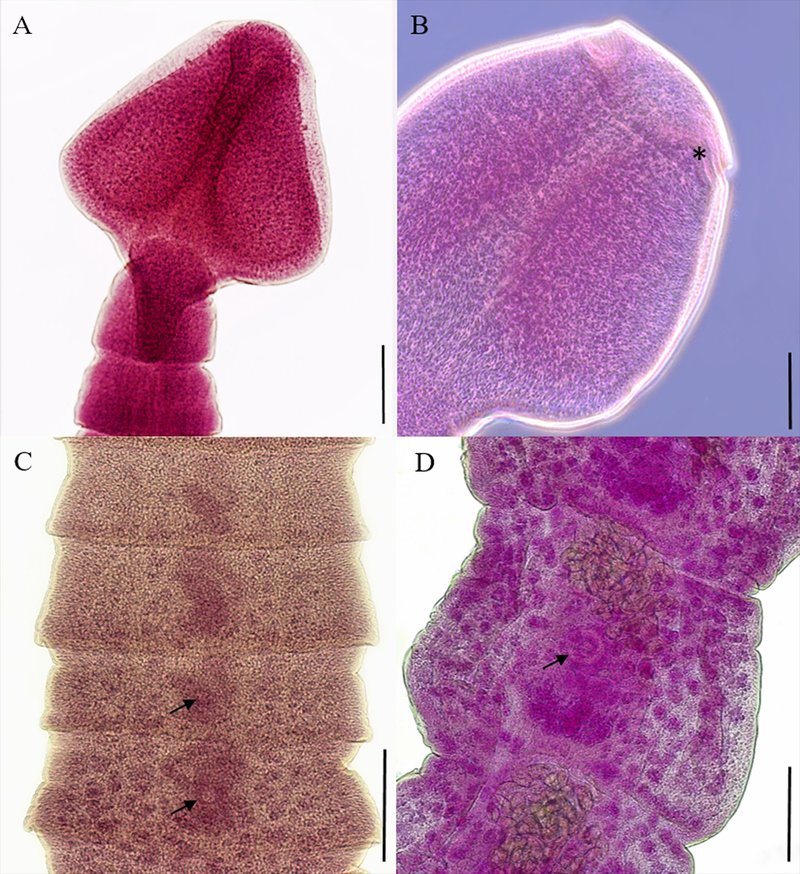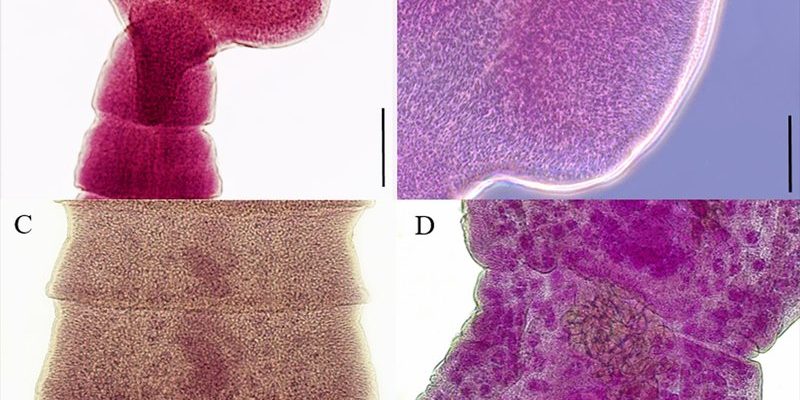
So, how exactly do these tapeworms help us monitor our environment? Think of them as nature’s detectives—they can tell us a lot about water quality and the presence of pollutants just by being there. When guppy tapeworms live in a habitat that’s affected by changes like pollution or disease, their populations will change in response. It’s like a warning signal that shows us the state of the ecosystem without needing high-tech gadgets.
Let’s dive deeper into how we can use guppy tapeworms for environmental monitoring and bioindication.
What are Guppy Tapeworms?
Guppy tapeworms are flat, ribbon-like worms that typically inhabit the intestines of fish, particularly those in freshwater environments like ponds and rivers. They have a fascinating life cycle, starting as eggs that hatch into larvae, which then infect fish hosts. While it might sound creepy, they play a crucial role in the aquatic food chain.
Here’s the thing: when guppy tapeworms are present, it indicates that there are certain fish populations around. They rely on specific fish hosts to survive, which means their presence can reflect the overall health of the aquatic community. If these tapeworms are thriving, it might suggest a balanced ecosystem, whereas a sudden decline could indicate underlying issues, such as pollution or overfishing.
You might be wondering why we should care about these creatures. Simply put, they can serve as low-cost and effective bioindicators. Unlike complex tech solutions that require substantial funding, analyzing tapeworm populations provides valuable information about the health of the water body at a fraction of the cost.
Why Use Bioindicators Like Guppy Tapeworms?
Using bioindicators like guppy tapeworms offers several benefits. For starters, they provide a snapshot of ecological health. By examining their presence or absence, researchers can gauge whether a water body is healthy or if it’s struggling with issues like pollution.
Additionally, these tapeworms are sensitive to changes in their environment. This means that even slight shifts in water quality could lead to significant changes in their populations. If researchers notice a drop in the number of tapeworms, it could raise an alarm that something is wrong in that ecosystem.
Moreover, studying these organisms is relatively easy. With a little training, scientists can collect samples and analyze them without needing fancy machinery. This accessibility makes guppy tapeworms an attractive option for environmental monitoring, especially in remote or underserved areas where resources are limited.
Lastly, using guppy tapeworms aligns with the growing interest in integrating nature into our monitoring methods. It’s a way to work with the environment rather than relying solely on technology, which can sometimes be invasive or harmful.
How Do Guppy Tapeworms Indicate Water Quality?
Guppy tapeworms react quickly to their environment, making them effective indicators of water quality. Here’s how it works:
1. Population Changes: A thriving population of guppy tapeworms signals a stable ecosystem. Conversely, a sudden decrease might indicate pollution or habitat degradation. When the water quality shifts—thanks to factors like chemical runoff or increased temperature—the tapeworms can struggle to survive.
2. Bioaccumulation: These tapeworms can accumulate toxins from their host fish. By studying these accumulations, researchers can get a clearer picture of the pollutant levels in that ecosystem. For instance, if tapeworms show high levels of a particular toxin, it points to a problem within the entire food chain.
3. Life Cycle Disruption: Environmental factors like temperature changes, chemical exposure, or habitat destruction can disrupt the tapeworms’ life cycle. Monitoring these disruptions can help pinpoint the exact nature and severity of the environmental stress.
4. Species Variation: Different species of tapeworms may have varying tolerances to pollutants. By focusing on the presence of specific species, scientists can assess the health of the water body with greater precision.
Using these indicators helps researchers grasp the bigger picture—what’s happening beyond just the visible signs of pollution. It’s a way to see how ecosystems respond to changes over time, which is crucial for conservation efforts.
Practical Applications of Guppy Tapeworms in Environmental Monitoring
You might wonder how guppy tapeworms are actually used in the real world. Well, their role as bioindicators has led to several exciting applications:
1. Freshwater Ecosystem Studies: Researchers often utilize guppy tapeworms in freshwater studies, specifically in lakes and rivers. By assessing their populations alongside fish and other organisms, scientists can create a comprehensive picture of that ecosystem’s health and identify any emerging threats.
2. Pollution Assessment: In areas suspected of being polluted, guppy tapeworms can be an essential part of the monitoring process. If they begin disappearing or showing signs of stress, it could indicate that the water quality is deteriorating. This can prompt further testing or intervention.
3. Biodiversity Research: Understanding how guppy tapeworms interact with different fish species can shed light on biodiversity and food web structures in aquatic environments. This information is critical for conservation strategies and habitat protection.
4. Community Engagement: Some projects even involve local communities where citizens can help with monitoring efforts. By training people to identify guppy tapeworms, communities can be empowered to take an active role in protecting their local environments.
These practical applications show that even small organisms can have a big impact on our understanding of environmental health.
Challenges and Considerations
While using guppy tapeworms for environmental monitoring is promising, there are some challenges to keep in mind. First, not all water bodies will have the same species diversity, which can limit the effectiveness of bioindicators in certain areas. In heavily polluted environments, for instance, the lack of host fish might mean tapeworm populations can’t thrive.
Additionally, the presence of guppy tapeworms alone isn’t enough to draw definitive conclusions about water quality. They need to be studied in conjunction with other environmental factors and indicators. It’s a bit like looking at a puzzle: one piece alone doesn’t give you the complete picture.
Another concern is the potential for misinterpretation. If researchers see a decline in tapeworm populations, they must investigate all possible causes, rather than jumping to conclusions about pollution alone. It’s crucial to take a holistic approach to understand what’s really happening in the ecosystem.
The Future of Using Guppy Tapeworms for Monitoring
As we look ahead, the use of guppy tapeworms in environmental monitoring appears promising. With a growing emphasis on sustainability and understanding our ecosystems, these small organisms can lead the way in innovative research.
Not only could their use continue to grow in academic circles, but education programs might also increase awareness about their importance. Imagine school programs where kids learn about these tapeworms firsthand, studying their environments and contributing to scientific research. This kind of engagement could foster a generation dedicated to environmental stewardship.
Also, advancements in technology could enhance our understanding of these bioindicators. For example, genetic testing could help identify tapeworm species more quickly, providing valuable data to researchers.
In short, embracing guppy tapeworms as bioindicators isn’t just about keeping an eye on pollution; it’s a step toward redefining our relationship with nature and understanding the intricate web of life that supports us all.
As we explore ways to protect and preserve our planet, let’s not forget the little things, like guppy tapeworms. They might be small, but they hold significant insights into the health of the ecosystems we all depend on. The more we learn from them, the better equipped we’ll be to ensure a clean and vibrant future for our waterways.

